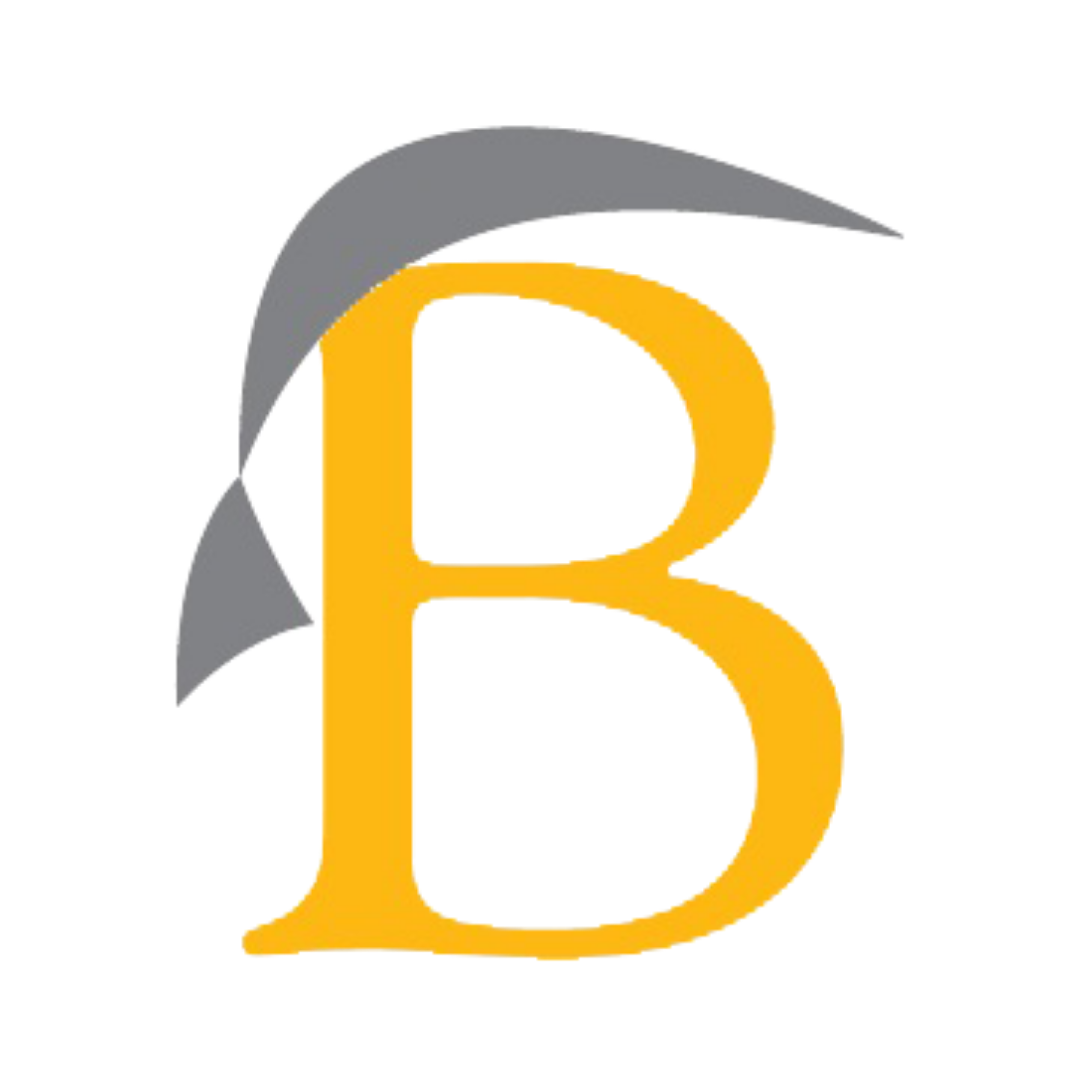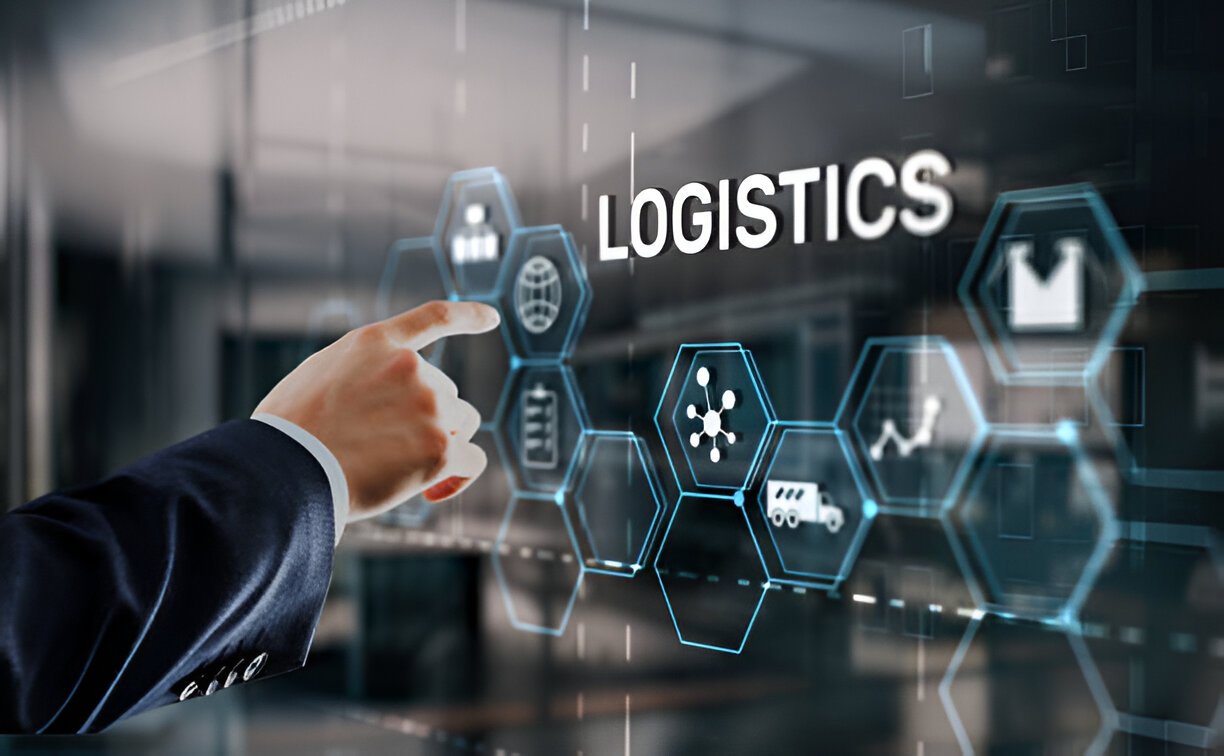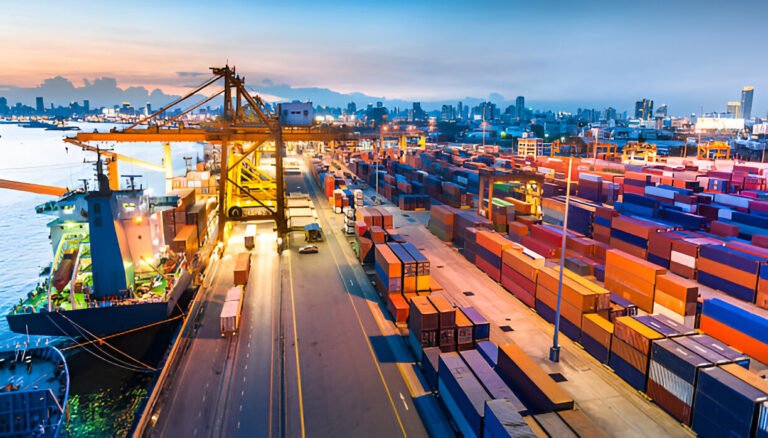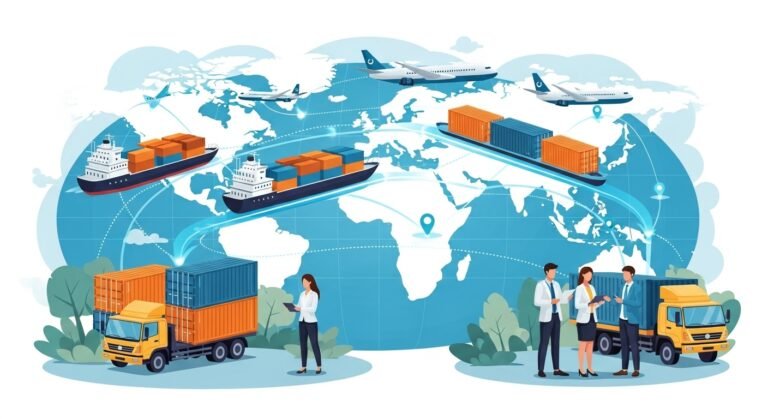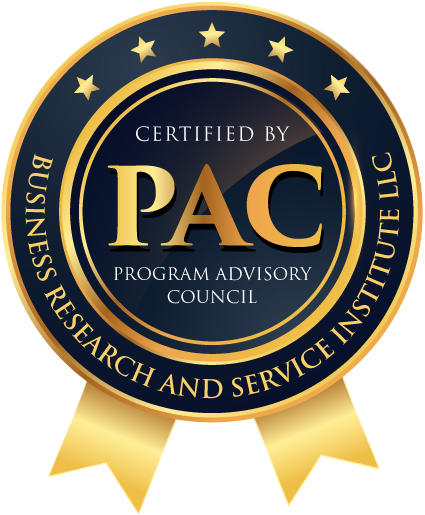A tariff is a tax or extra fee that a country charges on products that are imported (brought in) from another country. This makes the imported item more expensive, often to protect local businesses that make the same product. The terms tariff, duty, and customs are often used to mean the same thing.
Objectives of tariffs:
When a country adds a tariff to a product from another country, it increases the price of that product. For example, if a mobile phone from Country A costs $100, and Country B puts a 20% tariff on it, buyers in Country B will now pay $120. This may push buyers to choose a local brand instead because it’s cheaper.
Tariffs work in two ways:
- They discourage imports by making them more expensive.
- They encourage local production by giving local businesses a better chance to compete.
Countries use tariffs for several reasons:
- To protect local industries from foreign competition.
- To create jobs by encouraging people to buy local.
- To collect government revenue.
- To pressure other countries during trade negotiations.
For example, if a country believes another nation is selling products too cheaply or unfairly, it may use tariffs to fight back.
Tariffs are not always bad, while tariffs can raise prices for consumers and cause tensions between countries, they can also:
- Help balance trade
- Encourage fair business practices
- Protect important local industries like farming or steel
- Open the door for new trade talks between countries
Final thoughts
Tariffs have been around for hundreds of years. They are a tool that governments use in trade. While some see them as harmful because they can increase prices or start trade wars, others see them as useful for protecting jobs, industries, and national interests.
Whether a tariff is good or bad depends on how it’s used and the situation of the country. Used wisely, tariffs can be part of a strategy to support local businesses and improve trade deals with other nations.
Researched and written by Dure Shahwar
Source: Britannica

We have been offering extensive and well-planned pieces of training in the field of economics, supply chain, and operations management. Our core purpose is to help industry professionals and businesses to succeed in an ever-evolving competency in the jobs market. Our cutting-edge training methods and up-to-date knowledge aligned with the latest industry trends and demands put our candidates in the lead amongst other job seekers and competitors in the market.
- BRASI Editorial Team#molongui-disabled-linkSeptember 3, 2024
- BRASI Editorial Team#molongui-disabled-linkOctober 8, 2024
- BRASI Editorial Team#molongui-disabled-linkNovember 19, 2024

